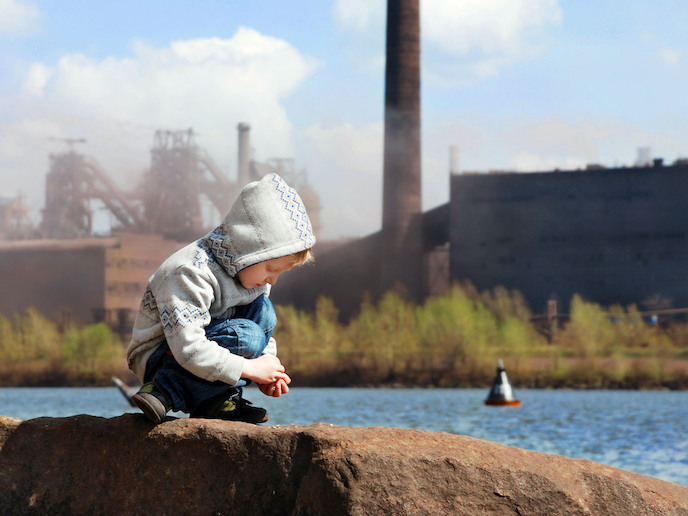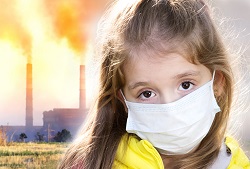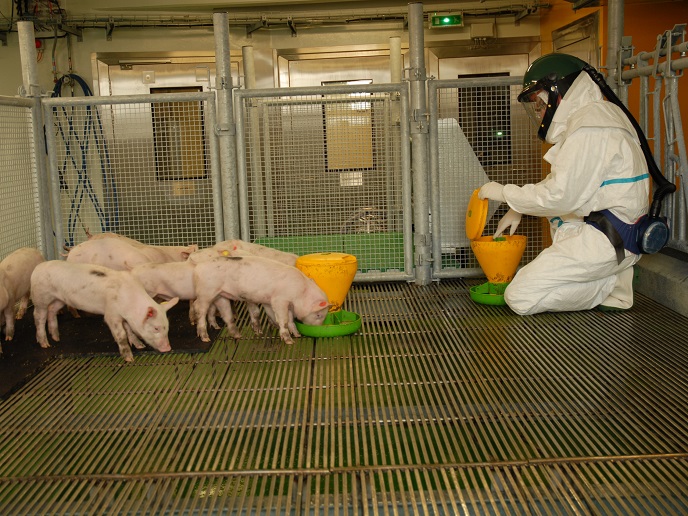Deep dive into air pollution impacts on kids’ health
Some 99 % of the global population live in areas where air pollution levels exceed World Health Organization (WHO) air quality limits. This comes with considerable health threats – and children are particularly vulnerable. “Children breathe in more air pollution per kilogramme of body weight,” notes APPARHU project coordinator Mark Nieuwenhuijsen, research professor in Environmental Epidemiology at the Barcelona Institute for Global Health in Spain. “Childhood also represents a vital period in terms of the development and growth of the respiratory system. In Europe alone, around 200 000 kids develop childhood asthma each year because of traffic-related air pollution.”
Measuring pollution exposure
The health benefits of physical activity are undisputed. Nonetheless, there is uncertainty over the potential impact on respiratory health of physical activity in areas of air pollution. “During physical exercise, more air is being inhaled,” explains Nieuwenhuijsen. “This increases the volume of pollutants entering the respiratory tract, where they can cause damage.” The APPARHU project, which was undertaken with the support of the Marie Skłodowska-Curie programme, set out to develop new methodologies to address this question. Data was sourced from the Human Early-Life Exposome (HELIX) study. A total of 1 301 mother-child pairs from Greece, Spain, France, Lithuania, Norway and the United Kingdom were included in the project’s analyses. “We looked at prenatal models,” adds Sarah Koch, the Marie Skłodowska-Curie fellow on the project. “This involved assessing how the physical activity levels and air pollution exposures of mothers during pregnancy might affect a child’s respiratory health at the age of 6 to 12 years.” The project also assessed the physical activity levels and air pollution exposures of children aged 6 to 12 years. Small wearable sensors to measure both physical activity and air pollution exposure were used.
More accurate algorithms
While preliminary analyses did not show a statistically significant effect of physical activity, or air pollution exposure, on children’s respiratory health, Koch underlines that more analysis of the data is needed. “This data is from six different cohorts,” she notes. “We need to tease out potential effects that might have been overlooked when analysing the pooled data.” Another important recognition to come out of the project is that algorithms used to calculate inhaled air pollution doses are still crude, particularly for children. “Wearable technology to assess physical activity needs to be advanced, to develop more accurate algorithms that take into account age, sex, fitness levels, lung size, and physical activity intensity levels,” she says. “Wearable air pollution sensors are currently undergoing significant development, with the goal of becoming lighter and less sensitive to dust and moisture.” Moving forward, Koch would like to use such cutting-edge wearable sensors to measure air pollution and physical activity on a smaller group of 150 participants. This, she believes, would enable the development of more personalised algorithms for estimating inhaled doses of air pollution more accurately. In the meantime, the study again underlined the fact that air pollution levels in all six European countries were above WHO-recommended levels. Physical activity levels in children were also confirmed to be below recommended levels. “Urban planners, healthcare practitioners and politicians should continue their efforts to reduce air pollution levels, while generating opportunities for children to engage in physical activity,” says Koch. “We have to bring down air pollution levels, so future generations can grow up in a healthy environment.”
Keywords
APPARHU, pollution, health, kids, respiratory, pollutants, air







